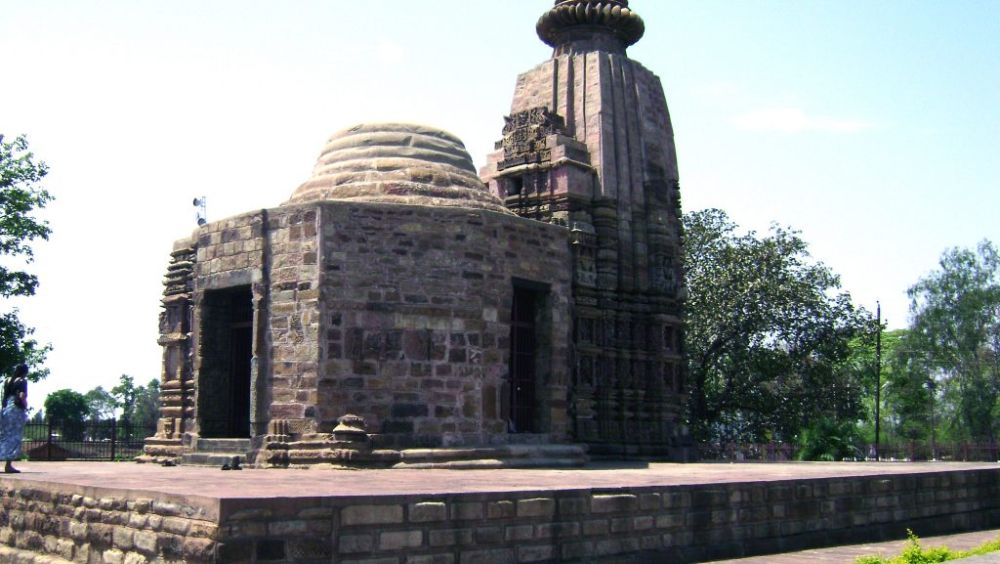

Located in the heart of Chhattisgarh, India, Pali Korba is a destination soaked in historical significance and cultural heritage. Tourism in Korba, and particularly in Pali, has its roots in the rich tapestry of the indigenous culture, the region's ancient traditions, and its natural wonders.
The history of tourism in Pali Korba is intertwined with the discovery of its ancient temples and the natural beauty of the region. The Shiva Bhoramdeo temple, which bears resemblance to the Khajuraho temples due to its intricate sculptural work, has stood as a beacon for heritage enthusiasts and spiritually inclined tourists for years.
As a part of the larger Korba district, Pali has benefited from the surge in tourism due to the district's industrial growth. With the rise of the coal and power industries, Korba has seen an influx of people which indirectly promoted its visibility as a tourist destination.
Efforts to enhance tourism have been evident with the development of the Hasdeo Barrage, hotels, and better connectivity to nearby regions. The government has also taken initiatives to promote eco-tourism, recognizing the potential of Pali's natural landscapes and its surrounding dense forests.
The cultural fabric of Pali is marked by festivals such as the Chakradhar Festival and the Bhoramdeo Mahotsav, which draw visitors from all over to immerse themselves in the local culture, dance, music, and cuisine. These festivals contribute significantly to the region's tourism profile by showcasing the traditional lifestyle and craftsmanship of the local population.
In recent years, sustainable and responsible tourism trends have been gaining traction. Tourists are increasingly seeking authentic experiences that allow for interaction with local communities and nature. Adventure tourism has also seen a spike with activities like trekking and camping in the lush greenery around Pali.
The introduction of homestays and eco-resorts has tapped into the trend of experiential travel, where visitors can enjoy a stay that is both comfortable and sustainable, further enriching their connection with the destination.
While tourism is on an upward trajectory, challenges such as the need for better waste management systems and more extensive conservation efforts remain. Going forward, there's a strong emphasis on eco-friendly practices and community-based tourism to ensure that the growth in tourism is both sustainable and beneficial to local communities, preserving Pali Korba’s beauty for generations to come.
In conclusion, Pali Korba stands not just as a destination but as an experience, entwining the threads of its historical heritage with the future of responsible tourism.